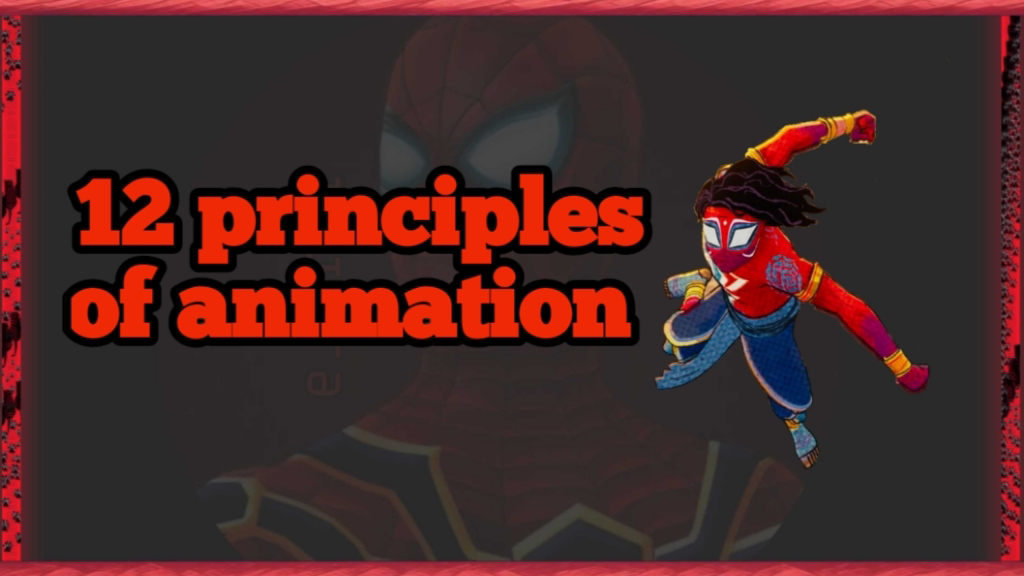Here is the break down of 12 principles of animation,
1)Squash And Strech
This principle adds life and weight to a character's movements by exaggerating their squashing and stretching during actions like jumping or bouncing. A bouncy ball will squash when it hits the ground and stretch as it goes up in the air
2)Anticipation
This principle builds up tension and prepares the viewer for the upcoming action. A character might crouch before jumping, or look back before running.
3)Staging
This principle establishes the scene and clarifies the story, action and emotion in a clear and concise way.
4) Straight Ahead and Pose to Pose
These are two different animation techniques. Straight ahead animation involves drawing each frame in sequence, creating a more fluid motion but less control over poses.
5)Follow through and overlapping action
These principles add realism to movement by showing how different parts of the body move at slightly different times. Follow through shows how parts of the body continue to move after the main action has stopped. Overlapping action shows how different body parts don't move at the same speed.
6)Ease In, Ease Out
This principle makes movements look more natural by easing them in and out at the beginning and end. In real life, objects don't start and stop moving instantly.
7)Arcs
This principle ensures that animated objects move along an arc-shaped path, making their movements look more natural. A thrown ball or a swinging arm will follow an arc.
8)Secondary Action
This principle adds extra details and flourishes to the main action to make the animation more interesting and believable.
9)Timing
This principle is all about the speed and rhythm of the animation. It's about how many drawings are used per second of animation, which affects how fast or slow the movement appears.
10)Exaggeration
This principle allows animators to push the boundaries of realism to create more expressive and humorous animation. Squash and stretch is a great example of exaggeration.
11)Solid Drawing
This principle is about understanding the fundamentals of form, weight, balance, and anatomy.
12)Appeal
This principle is about making the animation appealing to the audience. This can be achieved through character design, animation style, and storytelling.
.
.
These 12 principles are not hard and fast rules, but rather guidelines that animators can use to create more believable and engaging animation. By following these principles, animators can bring their characters and stories to life.

